Any business that involves shipping orders or warehousing will inevitably deal with packaging. Although it may seem like a straight-forward concept, packaging can come in various materials (such as primary, secondary, and tertiary) and types (such as sustainable and specialized options) to suit the unique needs of a business. Choosing the right packaging material is not just about ensuring product safety during transit but also about optimizing costs, improving sustainability, and enhancing customer satisfaction.
In this post, we will cover:
- The different types of packaging materials, including primary, secondary, tertiary, specialized, and sustainable options.
- The specific uses and benefits of each type of packaging material.
- Tips for choosing the right packaging based on your business needs.
Understanding Packaging Materials
Packaging materials are designed to protect products during storage, handling, and shipping. They play a vital role in maintaining product integrity and ensuring that goods reach customers in perfect condition. The choice of packaging material can affect everything from shipping costs to environmental impact, making it a critical consideration for businesses of all sizes.
Packaging materials are generally categorized into primary, secondary, and tertiary types:
- Primary packaging is the first layer of protection and directly encloses the product. It is often what the customer sees first, making it crucial for branding and product presentation.
- Secondary packaging groups individual products together, providing additional protection and facilitating easier handling and distribution.
- Tertiary packaging is used for bulk handling, storage, and transport, tertiary packaging includes items like pallets and crates that protect products during large-scale shipment.
Primary Types of Packaging
Primary packaging is the first line of defense for your products. It includes:
- Cardboard Boxes: Cardboard is widely used due to its versatility, lightweight nature, and cost-effectiveness. It comes in various forms such as corrugated boxes, which are ideal for shipping, and chipboard boxes, which are used for lighter items like cereal or cosmetics.
- Plastic Packaging: Plastics such as polyethylene and PET are commonly used for bags, containers, and bottles. Their durability and moisture resistance make them ideal for protecting products that need to stay dry and intact.
- Glass Packaging: Glass jars and bottles are commonly used in the food and beverage industry due to their ability to preserve products and their recyclability. However, they are heavier and more fragile than other packaging types, which can increase shipping costs.
- Metal Packaging: Metals like aluminum and steel are used in cans and tins, providing excellent protection for food, chemicals, and other products that require a strong barrier against contaminants.
Secondary Types of Packaging
Secondary packaging serves as an additional layer of protection and includes:
- Shrink Wrap: This material is commonly used to bundle products together or to secure items to pallets. Shrink wrap provides a tight seal, which helps protect products from dust and damage during transit.
- Labels and Tags: Essential for identifying products, labels and tags can include barcodes, product information, and compliance details. They are crucial for inventory management and customer communication.
- Paper Packaging: Kraft paper and tissue paper are used for void fill, wrapping, and as protective layers within boxes. Paper packaging is biodegradable and cost-effective, making it a popular choice for businesses focused on sustainability.
Tertiary Packaging
Tertiary packaging is essential for transporting large quantities of goods and includes:
- Pallets: Pallets, often made of wood or plastic, are used to stack and transport bulk goods. They make handling large quantities of products easier and more efficient.
- Crates: Crates provide robust protection for heavy or fragile items. They are reusable and come in various materials, including wood and plastic.
- Bulk Containers: Used for storing and transporting large volumes of materials, bulk containers offer efficiency and protection. They are ideal for industries that handle significant quantities of raw materials or finished goods.
Specialized Types of Packaging
Some products require specialized packaging to meet unique needs due to their specific characteristics, such as sensitivity to temperature, fragility, or susceptibility to environmental factors. Specialized packaging is designed to offer protection and ensure that these products maintain their integrity throughout the storage, handling, and shipping processes.
- Temperature-Controlled Packaging: This type of packaging, including insulated containers and gel packs, is crucial for transporting perishable goods like pharmaceuticals and food items that need to stay within a specific temperature range.
- Anti-Static Packaging: Used primarily for electronic components, anti-static packaging protects sensitive items from electrostatic discharge, which can damage electronic parts.
- Custom Packaging: Custom packaging solutions, such as branded boxes or uniquely shaped containers, help businesses stand out in the market and create a memorable customer experience.
Sustainable Types of Packaging Solutions
As sustainability becomes increasingly important, businesses are turning to eco-friendly packaging options. Sustainable packaging is not only good for the environment, but can also help reduce costs associated with packaging materials.
- Recyclable Packaging: Materials like certain plastics and glass can be recycled, reducing the environmental impact of packaging waste.
- Biodegradable Packaging: Compostable bags and paper products decompose naturally, making them an excellent choice for environmentally-conscious businesses.
- Reusable Packaging: Packaging that can be used multiple times, such as bulk containers and reusable bags, helps reduce waste and can offer cost savings over time.
Choosing the Right Packaging Material
Selecting the right packaging material depends on various factors, including the type of product, shipping method, storage conditions, and cost-effectiveness. For instance, a business that ships fragile items might prioritize packaging materials that offer superior protection, such as bubble wrap and sturdy boxes, while a company focused on sustainability might opt for biodegradable or reusable packaging solutions. Custom packaging options are a great way to select the perfect materials for your business needs whilst providing a unique customer experience.
By carefully considering the factors that go into packaging, businesses can choose options that not only protects their products but also aligns with their brand values and operational goals. Whether it’s ensuring safe delivery, enhancing customer experience, or minimizing environmental impact, the right packaging choice can make a significant difference in your business’s success.
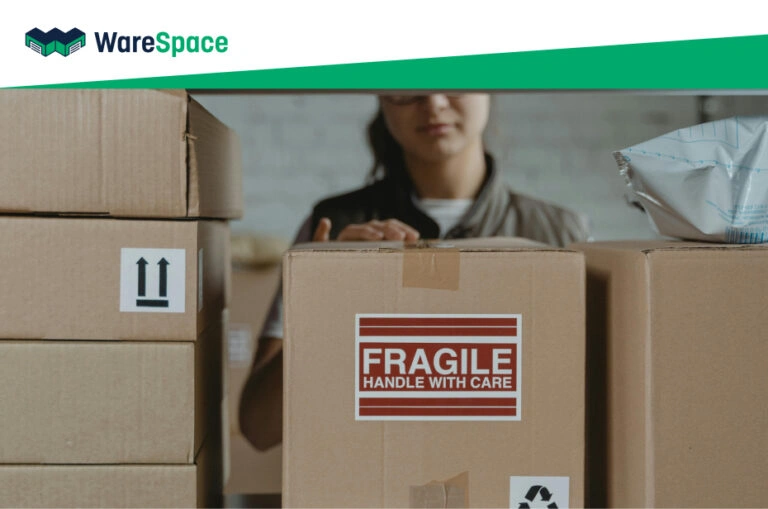
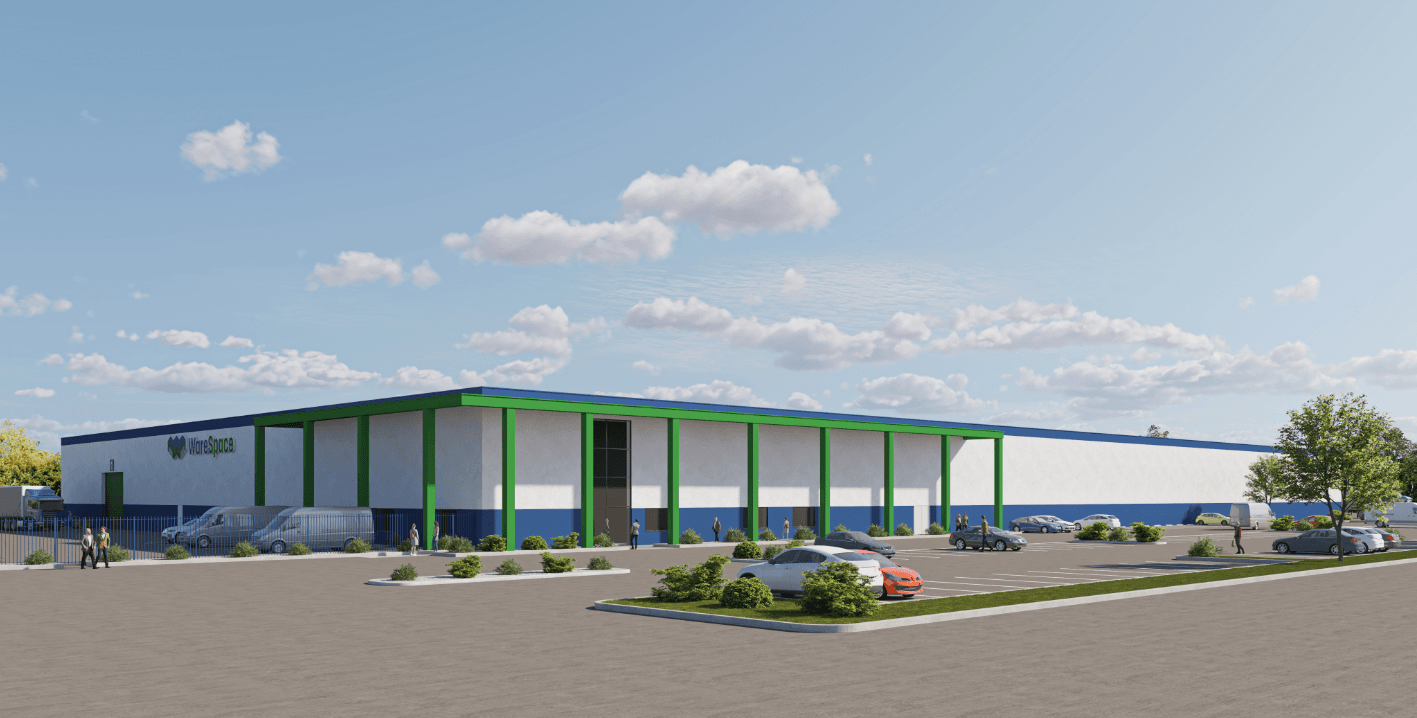
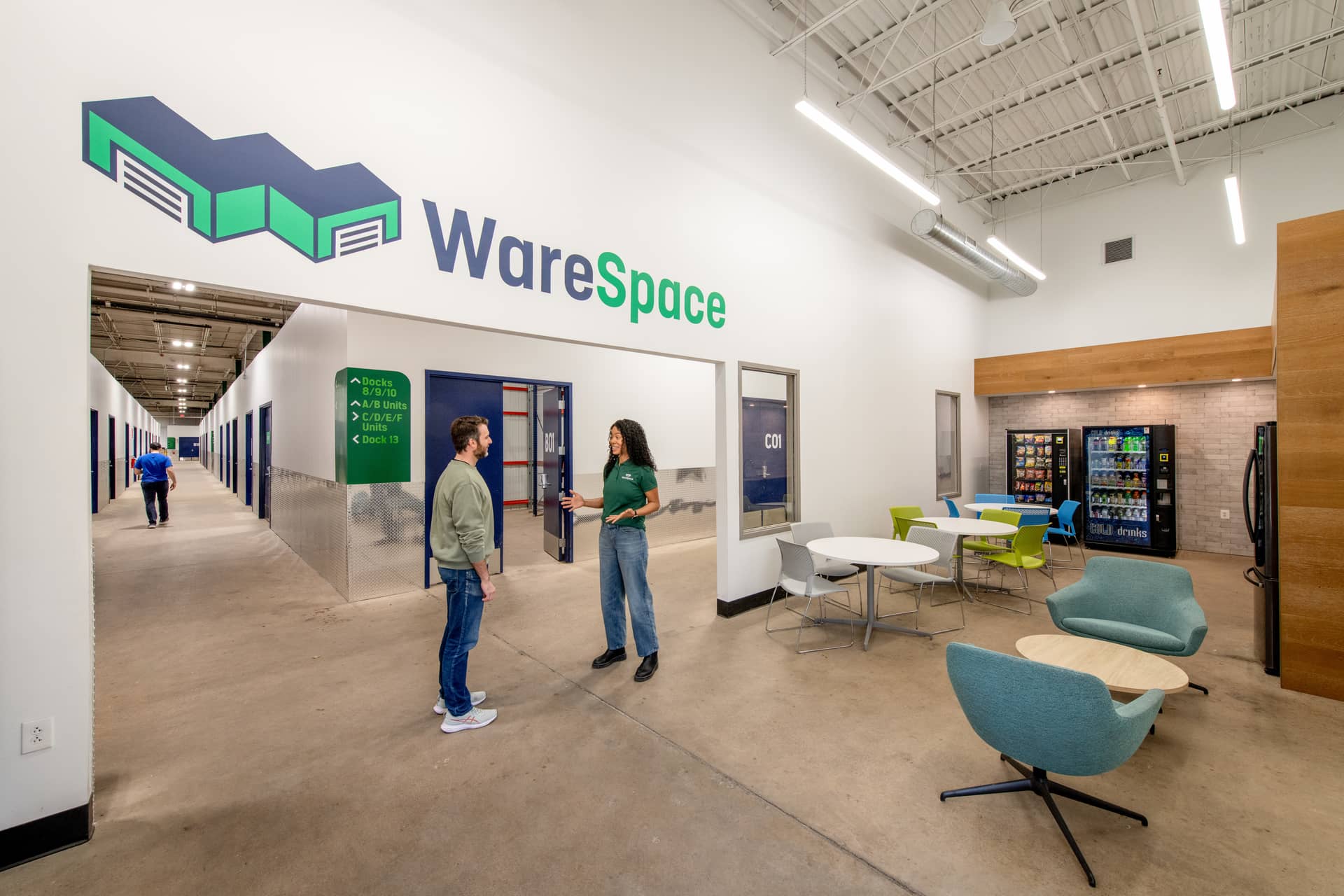

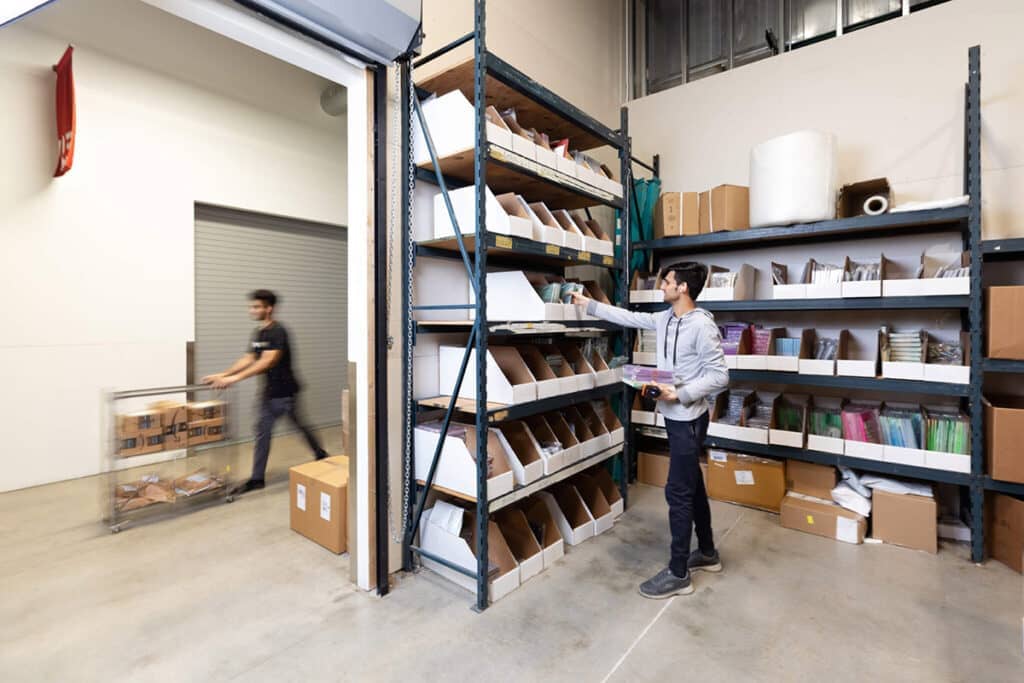
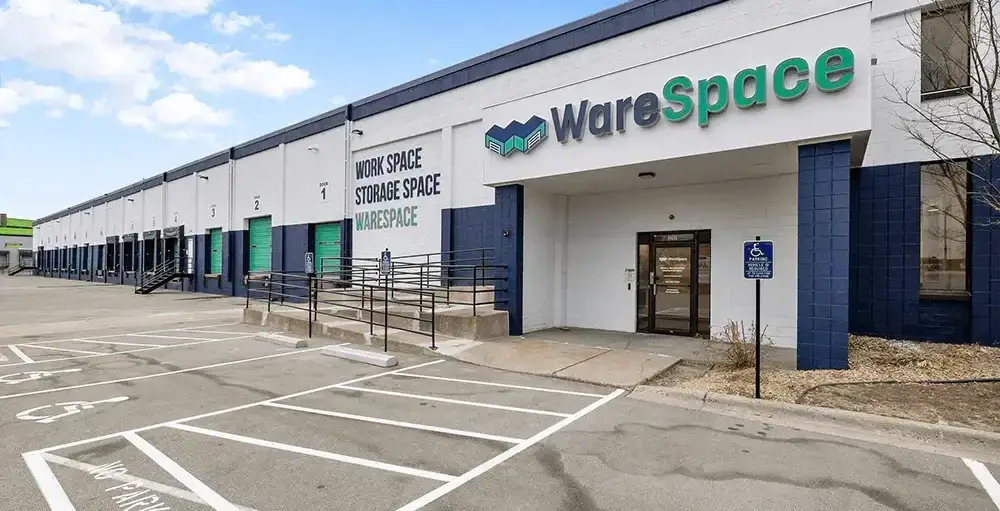
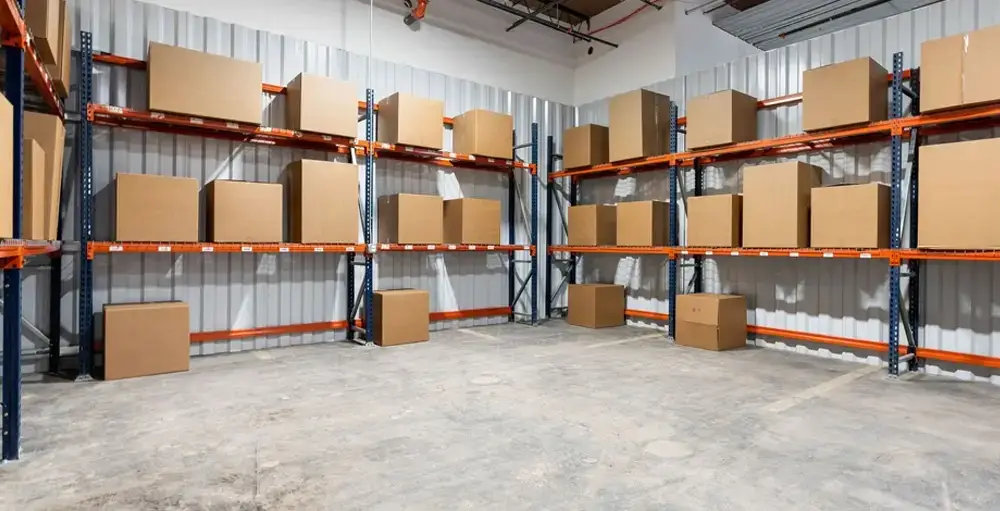
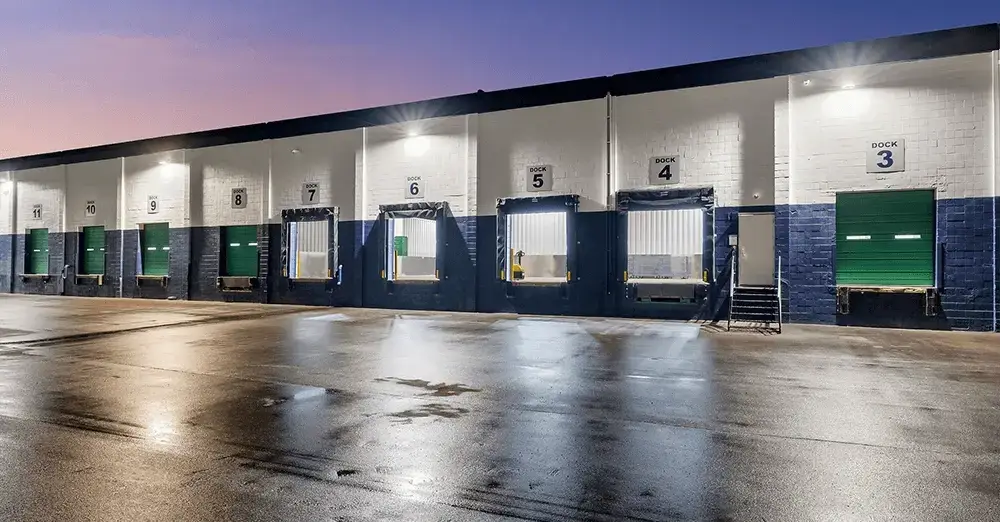
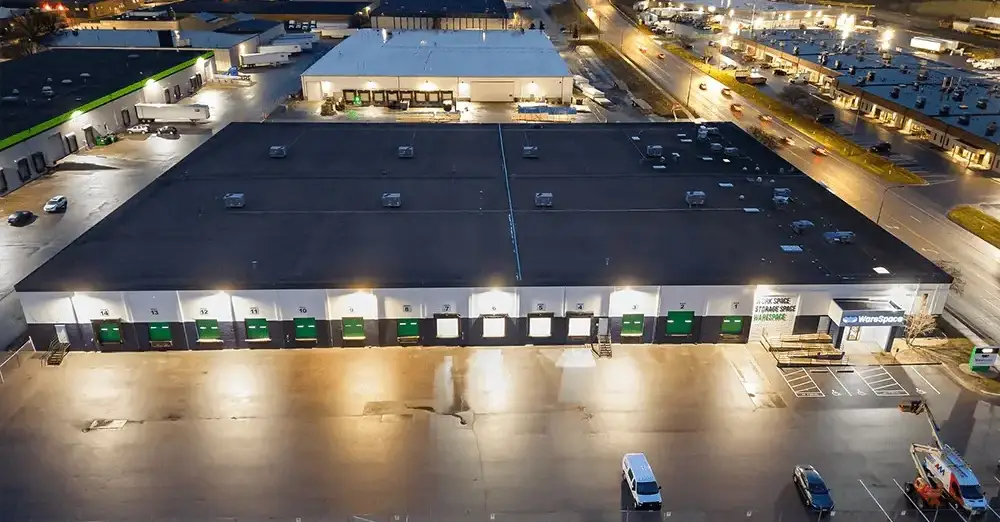











 ►
Explore 3D Space
►
Explore 3D Space